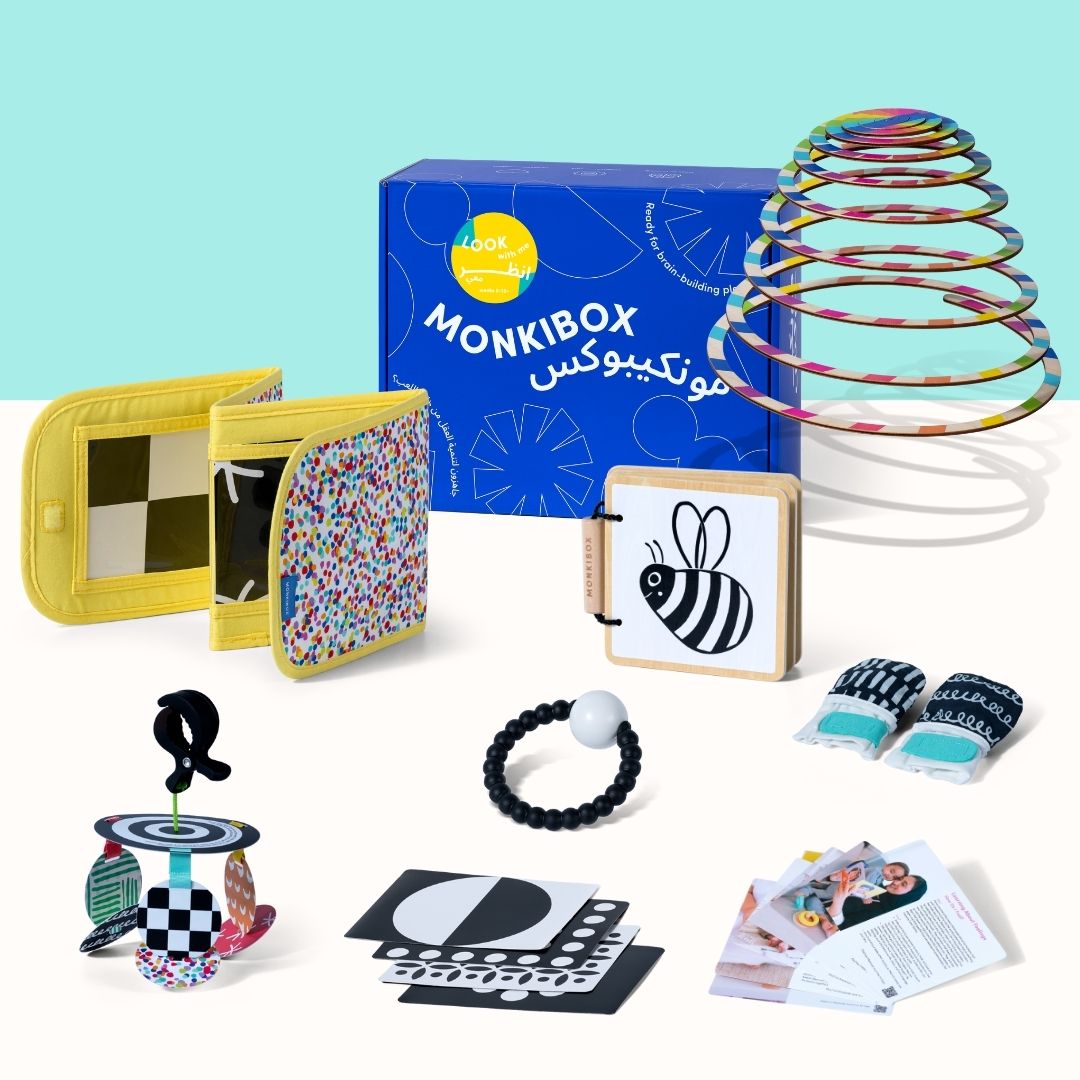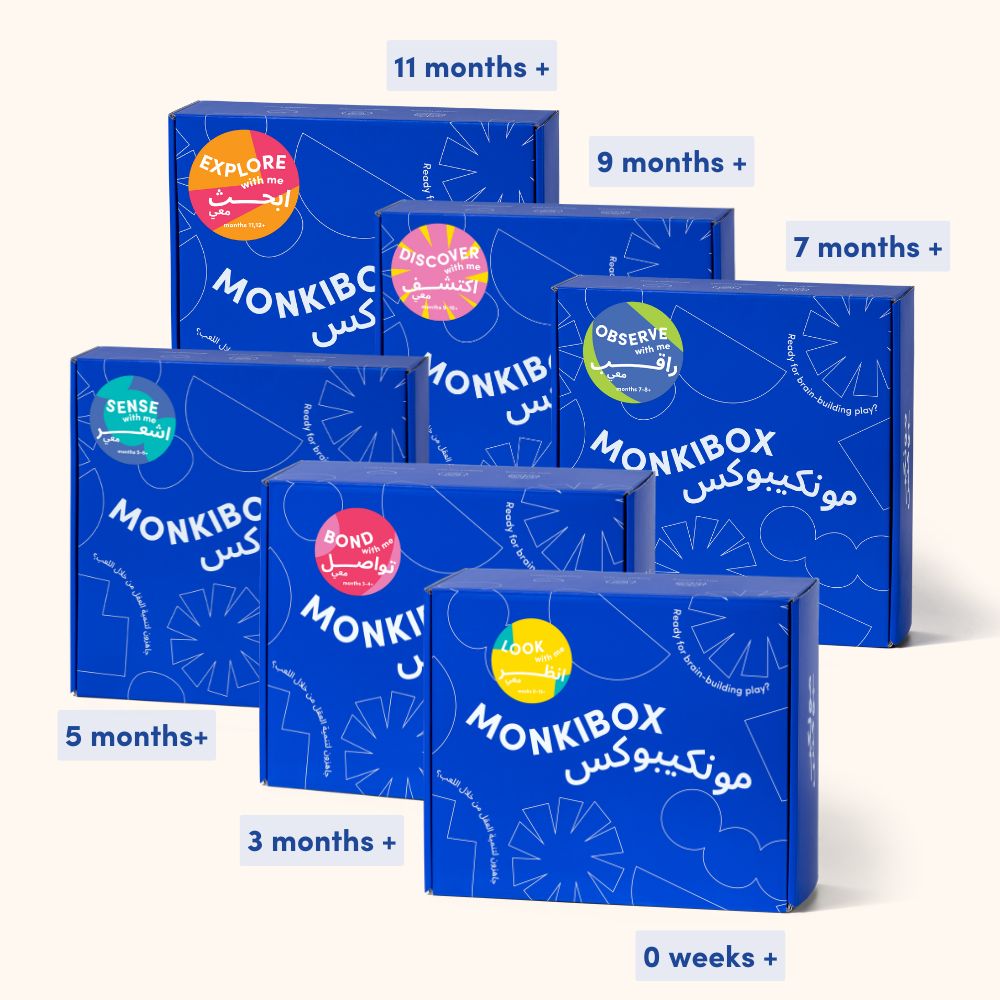As your toddler approaches the 24-month mark, you’ll notice they’re developing more rapidly. However, handling transitions—whether from one activity to another or from one stage of life to the next—can be challenging for toddlers. Since they are still developing the ability to shift smoothly between activities, here are some tips to help manage these transitions effectively.
1. Use Visual Cues
Incorporate visual cues to signal upcoming transitions. You can use a timer, a visual schedule, or even simple pictures to indicate what comes next. Visual cues help toddlers understand what’s happening and prepare for the change, making transitions less jarring.
2. Establish a Routine
Create a consistent daily routine. Toddlers thrive on predictability, and having a set schedule helps them anticipate and prepare for transitions. When they know what to expect, they feel more secure and are less likely to resist changes.
3. Give Warnings
Offer warnings before transitioning to a new activity. Use simple language like “In five minutes, we’ll clean up and get ready for lunch.” Providing a countdown helps your toddler mentally prepare for the change, reducing resistance and making the transition smoother.
4. Make it a Game
Turn transitions into a game to make them more engaging. For example, challenge your toddler to see how quickly they can clean up their toys or race them to the bathroom when it’s time to brush their teeth. Gamifying transitions can make them fun and less stressful for both you and your child.
5. Offer Choices
Provide choices whenever possible. Instead of saying, “It’s time to get dressed,” ask, “Do you want to wear the green or purple shirt?” Giving your toddler a sense of control can reduce resistance and make transitions more cooperative.
6. Use a Transition Object
Introduce a transitional object or a special toy to accompany your toddler during transitions. This item can act as a comfort during changes, helping them feel secure and easing the transition process.
7. Sing Songs
Incorporate songs into transitions. Singing a short song while cleaning up or getting dressed can make the process more enjoyable. Music has a calming effect and can help create a positive association with transitions.
Handling transitions with toddlers can be challenging, but with the right strategies, you can make these changes smoother and less stressful. By using visual cues, establishing routines, and incorporating games or songs, you can help your toddler navigate transitions with confidence. Remember, consistency and patience are key elements in making transitions smoother for both you and your child, helping them feel secure and supported as they grow and learn.





